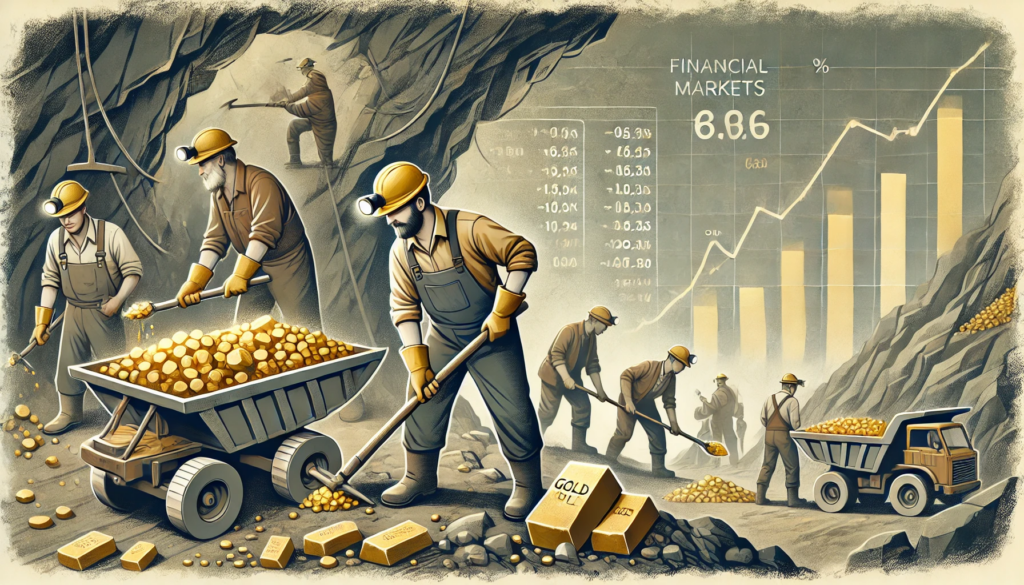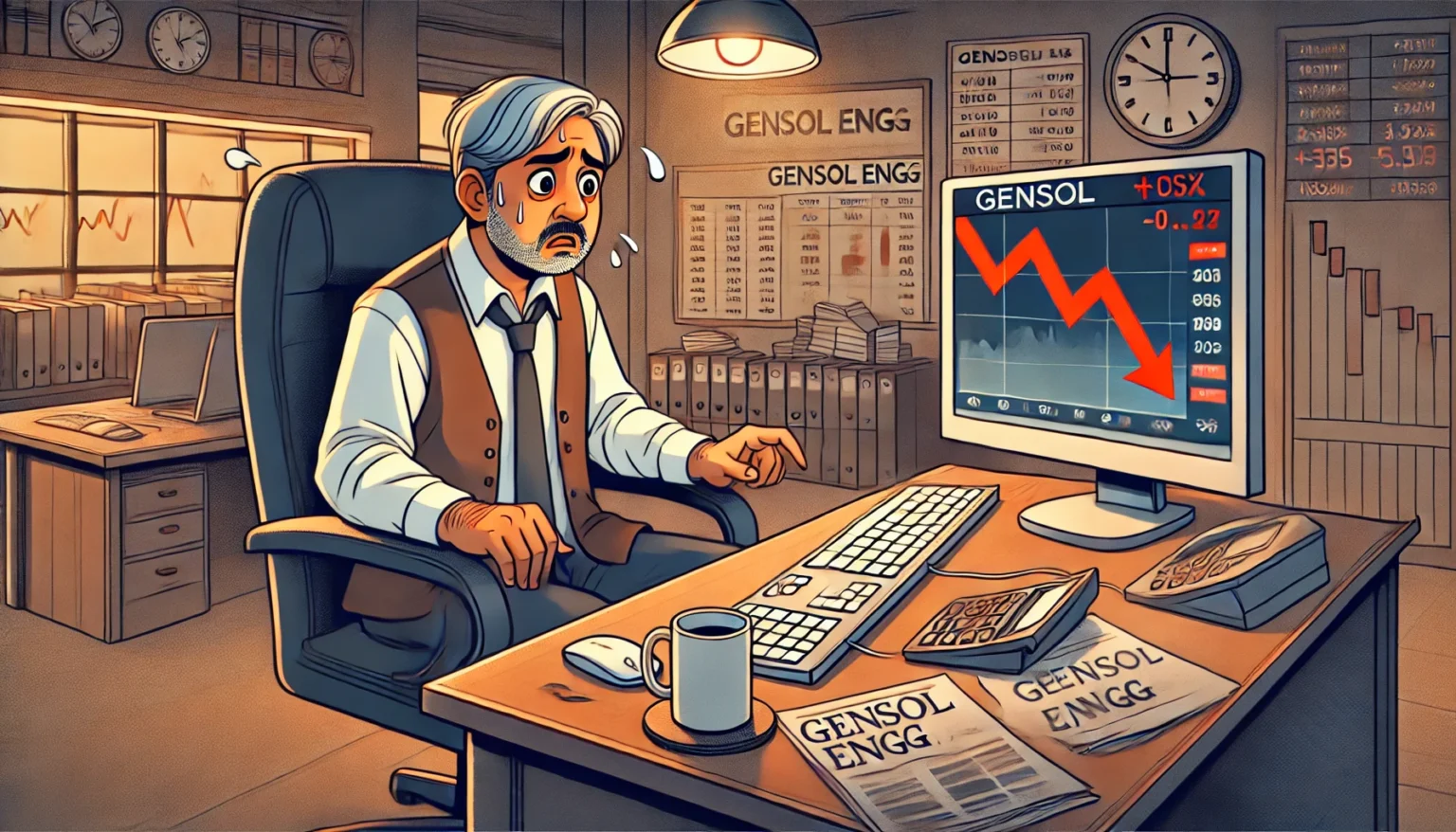Gold Reserves in the Ground: The Hidden Supply Side of Gold
You very well know now that gold is becoming a very important commodity or a reserve that every central government, every institutional holder and even every investor is wanting to have in their portfolio. So whenever we talk about gold and gold reserves, we normally talk about the gold that has already been mined. For instance, when we say the US has 8,000 tons, that refers to gold already mined and hopefully sitting in Fort Knox.

Underground Gold Reserves and Global Distribution
The above chart shifts focus to reserves in the ground—that is, gold that hasn’t been mined yet but has the potential to be. Russia and Australia top this list with 12,000 tons each in reserves. China and the US have about 3,000 tons, Canada has 3,200, and South Africa has 5,000 tons. These are significant numbers that could influence supply if extraction becomes economically viable.
Mining Cost and Gold Price Dynamics
Gold mining is an expensive process, and mining activity is closely tied to gold prices. As prices go up, mining deeper or in more remote areas becomes feasible, so production increases. But that also drives up the average cost of mining since newer reserves tend to be more difficult and expensive to extract. So, as gold prices rise, production costs also tend to rise—almost hand in hand.
What Happens When Prices Fall
On the flip side, when gold prices decline—especially over an extended period—new mining projects are shelved to protect miner margins. This leads to a supply squeeze. Since annual demand is roughly 3,000 tons, any halt in mining puts pressure on the existing above-ground supply, requiring holders to sell, which rarely happens easily or cheaply. This lack of new supply pushes prices back up.
The Self-Correcting Nature of Gold Pricing
This is why gold rarely crashes vertically. The moment prices dip too low, mining stops. And the moment mining stops, supply tightens. This creates a built-in floor for gold, much like with other commodities such as copper or aluminum. There’s a natural self-correction in the system—an invisible hand maintaining balance.
On The Momentum Podcast this week
In Episode 2 of The Momentum Podcast, Rajnish, a seasoned investor from Pune, shares his shift from traditional investing to momentum strategies. He talks about avoiding costly mistakes, the real estate vs equity debate, and his approach to gold investing. A must-listen for young investors! Now streaming.









